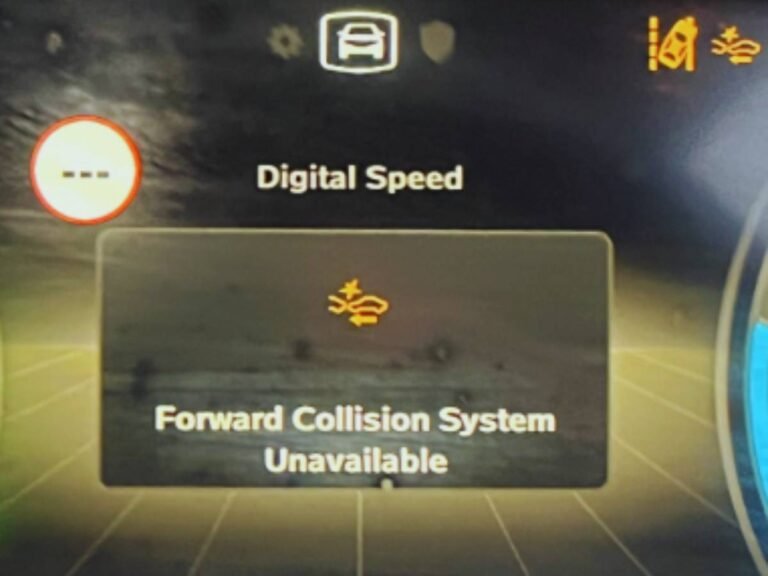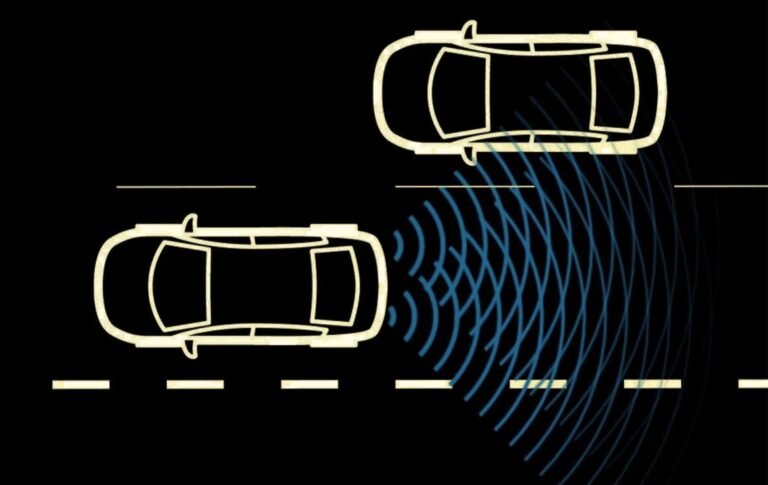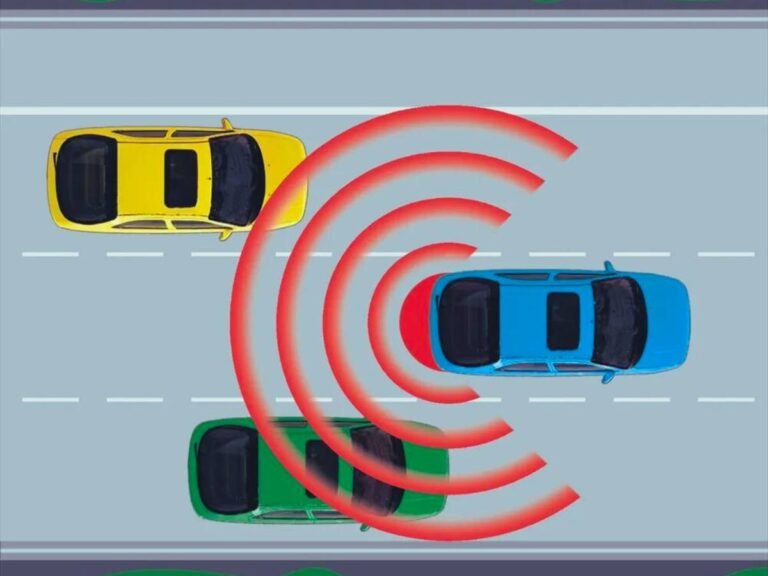Can a Dealership Add Blind Spot Monitor?
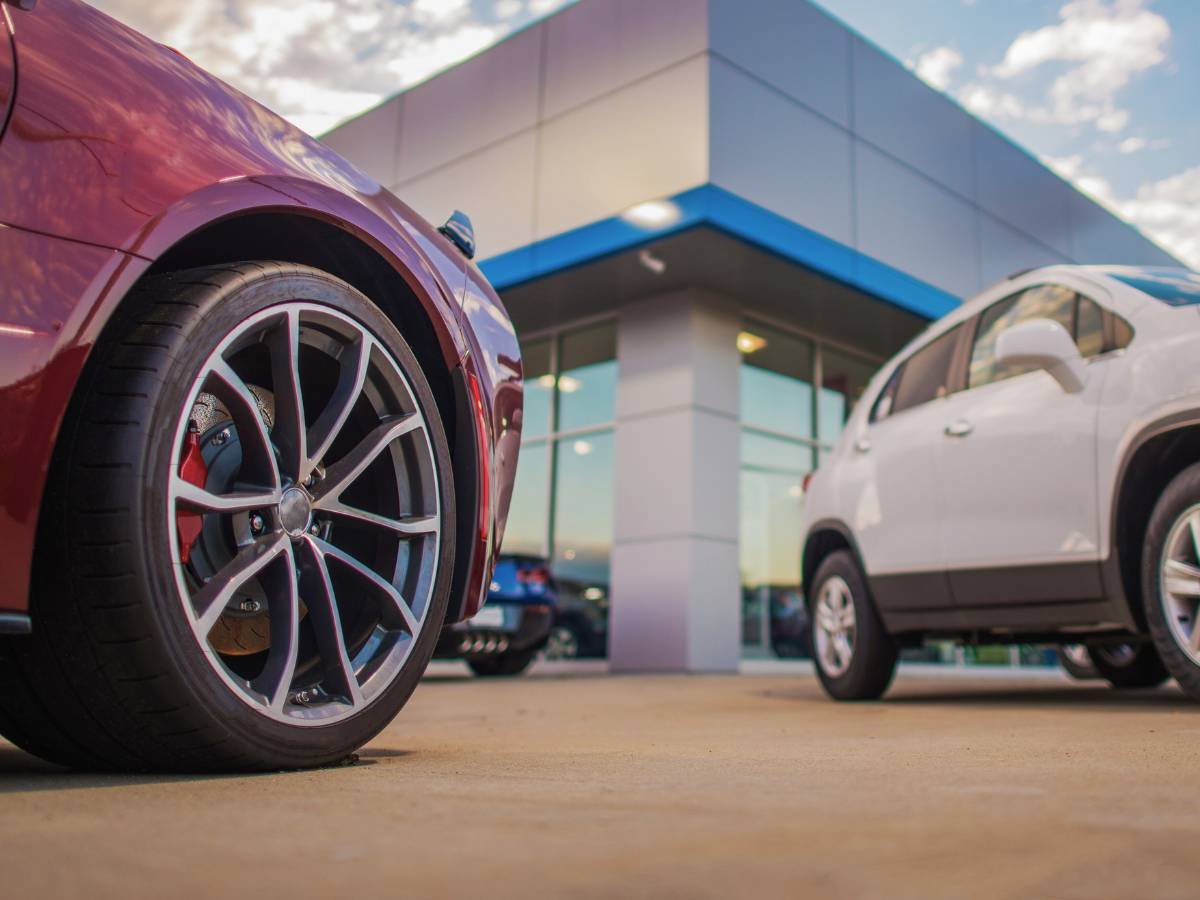
Modern vehicles come equipped with a plethora of advanced safety features designed to protect drivers and passengers. One such feature is the blind spot monitor, which has become increasingly popular due to its effectiveness in preventing accidents.
If you own a car without a blind spot monitor, you might be wondering if a dealership can add this feature for you. In this guide, we will explore this topic in detail.
What is a Blind Spot Monitor?
A blind spot monitor is an advanced safety feature that uses sensors to detect vehicles in the blind spots of your car. These are areas that are not visible through the side mirrors. The system alerts the driver, usually through visual or audible signals, whenever a vehicle enters these zones, thereby preventing potential collisions during lane changes.
Benefits of a Blind Spot Monitor
- Enhanced Safety: Reduces the risk of accidents by alerting the driver of vehicles in their blind spots.
- Ease of Driving: Makes lane changes and merges onto highways safer and less stressful.
- Resale Value: Adding advanced safety features can increase the resale value of your vehicle.
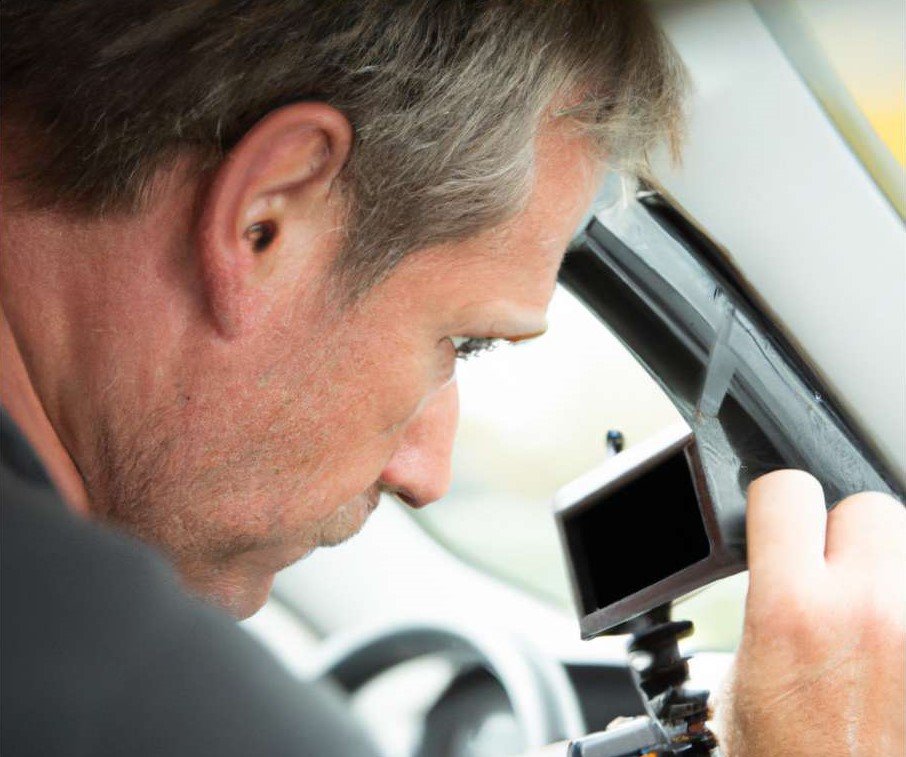
Can a Dealership Add a Blind Spot Monitor?
The short answer is yes, many dealerships can add a blind spot monitor to your vehicle. However, there are several factors to consider before proceeding.
Compatibility of Your Vehicle
Not all vehicles are compatible with aftermarket blind spot monitoring systems. Newer models are more likely to support such upgrades, especially if higher trims of the same model come with this feature. It’s essential to check with the dealership or refer to your vehicle’s manual to ensure compatibility.
Types of Blind Spot Monitors
There are two main types of blind spot monitors:
- OEM (Original Equipment Manufacturer) Systems: These are designed specifically for your vehicle model and are usually installed by the dealership. They integrate seamlessly with your vehicle’s existing systems.
- Aftermarket Systems: These are generic systems that can be installed on a variety of vehicles. While they are generally less expensive, they may not offer the same level of integration and performance as OEM systems.
Steps to Add a Blind Spot Monitor
If you decide to add a blind spot monitor, here are the steps you can expect:
1. Consultation
Visit your dealership for a consultation. They will assess your vehicle to determine if it can support the addition of a blind spot monitor. This is also an opportunity to discuss the type of system that will best suit your needs and budget.
2. Quotation
Once the assessment is complete, the dealership will provide you with a quotation. This will include the cost of the blind spot monitor system, labor charges, and any additional fees.
3. Installation
If you approve the quotation, the dealership will schedule an appointment for the installation. The process typically involves mounting sensors on the rear bumper, connecting them to the vehicle’s electrical system, and configuring the alert system. Installation time can vary but generally takes a few hours.
4. Testing and Calibration
After installation, the system must be tested and calibrated to ensure it functions correctly. This involves checking the sensors, alerts, and overall performance of the system.
Costs Involved
The cost of adding a blind spot monitor can vary widely based on the type of system and the make and model of your vehicle. On average, you can expect to pay anywhere from $300 to $1,200. OEM systems tend to be on the higher end of this range due to their advanced integration and higher quality.
Warranty and Support
It’s important to inquire about the warranty and support provided for the blind spot monitor system. OEM systems typically come with a warranty that matches your vehicle’s existing warranty. Aftermarket systems may have limited warranties, so it’s crucial to understand the terms before making a purchase.
Conclusion
Adding a blind spot monitor to your vehicle is a worthwhile investment in safety. While it involves an upfront cost, the benefits far outweigh the expense, particularly in preventing potential accidents. By consulting with your dealership and choosing the right system, you can enhance your driving experience and ensure a safer journey for yourself and your passengers.
For more information on adding a blind spot monitor, or to schedule a consultation, visit your local dealership today.


